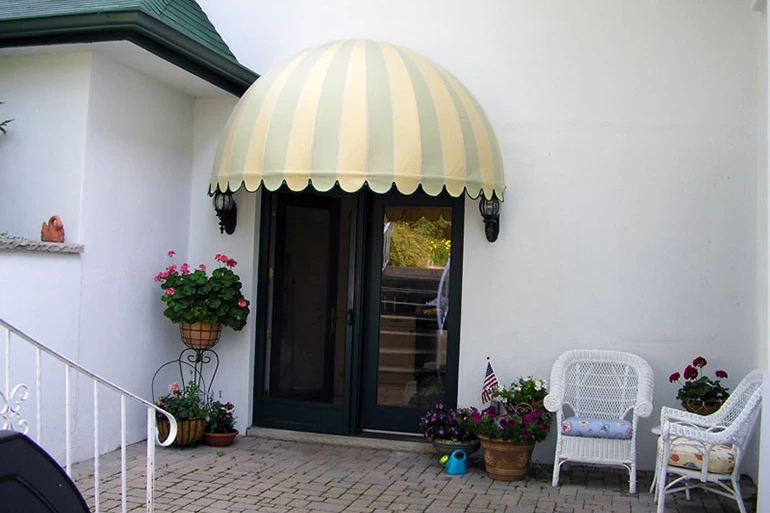Awning Buyer's Guide
Will a new awning add the style and functionality your home or patio needs? To answer this question, one must first know the basics of choosing an awning. In this article, we will discuss the different types of awnings and the benefits associated with each. Knowing personal preferences, local rules and regulations, and what benefits awnings provide a home will aid you in making the most informed decision possible. By the end of this article, you will understand the differences in each awning, and have a better understanding of whether or not installing one is suitable for your home's appearance.


